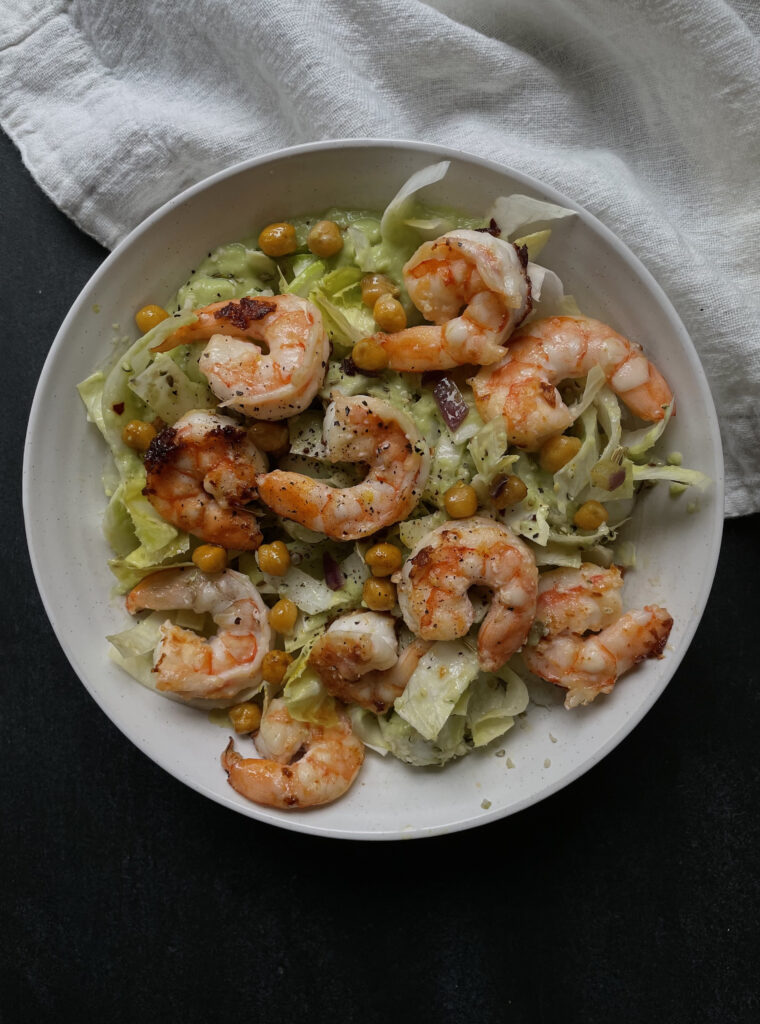Unfortunately, pharmaceuticals are sometimes inevitable to treat many serious conditions but don’t forget that food is medicine and its potent action to prevent and treat illnesses has been well documented. While you can’t skip the antibiotic, you can help your body recover at best and get rid of the toxins with some all-natural tricks.
But first: What does our body go through when we take meds?
Drug metabolism mostly happens in the liver. Drugs get metabolized in many different ways, but the speed at which our body metabolizes and gets rid of drugs really depends on genetic factors, coexisting disorders, and possible interactions with other meds. This is why people getting the same dosage of a specific drug may experience different outcomes. Some people may digest the drug so quickly that it does not even reach the bloodstream to do its job, while in other people, drug digestion is so slow that it becomes toxic to the body.
Let’s take me as an example. I try to go for natural remedies instead because my body finds it hard to digest and get rid of any drug. So when it comes to taking antibiotics, I feel it! Evident water retention, bloating, constipation, not hungry, and pimples sometimes.
But remember that we are all different and you may not go through the same side effects as I do. I invite you to start paying attention to how your body reacts when you introduce a foreign substance (meds) so that you can learn how to support it at best.
How to detox and restore:
1. PROBIOTICS + PREBIOTIC FIBER
The first important thing to keep in mind is that antibiotics work by killing the bad and, most often, also the good bacteria. This is why helping the gut stay populated and healthy is a must throughout the cycle with antibiotics and after. We NEED the good bacteria for a series of things, including immunity, metabolism, and energy production. Therefore, not having a well-populated gut negatively affects all the just-stated mechanisms.
The solution: probiotics with a diet rich in prebiotic fibers.
Firstly, you have to replenish your gut with the good bacteria that get killed off by antibiotics. This is why we take probiotics. However, not all probiotic brands are effective and I am here to help you avoid wasting money on something that doesn’t do its job. Firstly, probiotics are alive and most don’t survive at room temperature; this is why you should always buy products kept in the fridge. Secondly, research the brand. My favorite brands are Jarrow Formula and Enterelles; they are both science-backed and the bacteria are shown to reach the gut (that’s not always the case, unfortunately). I suggest taking probiotics before going to bed, but far from the antibiotic. And it would be best if you kept taking probiotics once the antibiotic cycle is over for at least a month or two.
Probiotics are necessary to repopulate your gut, but you must keep them alive. This is why we have prebiotics – a type of fiber metabolized by our bacteria and turned into energy and immune-stimulating substances. Make sure to consume plenty of prebiotic fiber in your weekly diet by incorporating foods such as bananas, oats, chicory, artichokes, barley, apples, onion, leek, and garlic.
See recipes: Choco banana bites, mini blueberry pancakes, and potatoes, endives & diuretic dipping sauce.
2. MILK THISTLE TEA or PILLS
Milk thistle is a must to detoxify the liver. It helps block toxins preventing them from interfering with the liver and promotes liver function by reducing insulin resistance. This plant also boosts bile circulation, which is essential to metabolize fat properly and has anti-inflammatory and immunostimulant properties.
Milk thistle can be consumed in the form of tea or pills. I recommend drinking 2 cups of milk thistle tea a day throughout the antibiotic cycle and the week after the therapy. If taken as pills, take two pills a day, one in the morning and one at night, far from meals.
3. BITTER VEGGIES
Bitter veggies help boost all the detox processes done by the liver.
Try to incorporate the following veggies:
- Dandelion
- Chicory
- Arugula
- Radicchio
You can have them cooked, raw, grilled, sauteed, pureed, turned into soups, or throw them into your omelette or frittata.
4. DIURETIC FOODS
Remember that after digestion, we must get rid of drug metabolites in the bloodstream and this is where supporting the work of the kidneys becomes crucial. Diuretic foods are a must here to help flush out toxins and restore the body.
Here is a list of foods you may want to have in your fridge or pantry throughout therapy with antibiotics or other meds:
- Veggies: fennel, onions, endives, lettuce or other salad greens, cucumbers
- Fruits: white peaches, strawberries, raspberries, honeydew melon, avocado
- Seafood: cod, sole, seabass, salmon, etc.

Resources:
https://www.merckmanuals.com/professional/clinical-pharmacology/pharmacokinetics/drug-metabolism